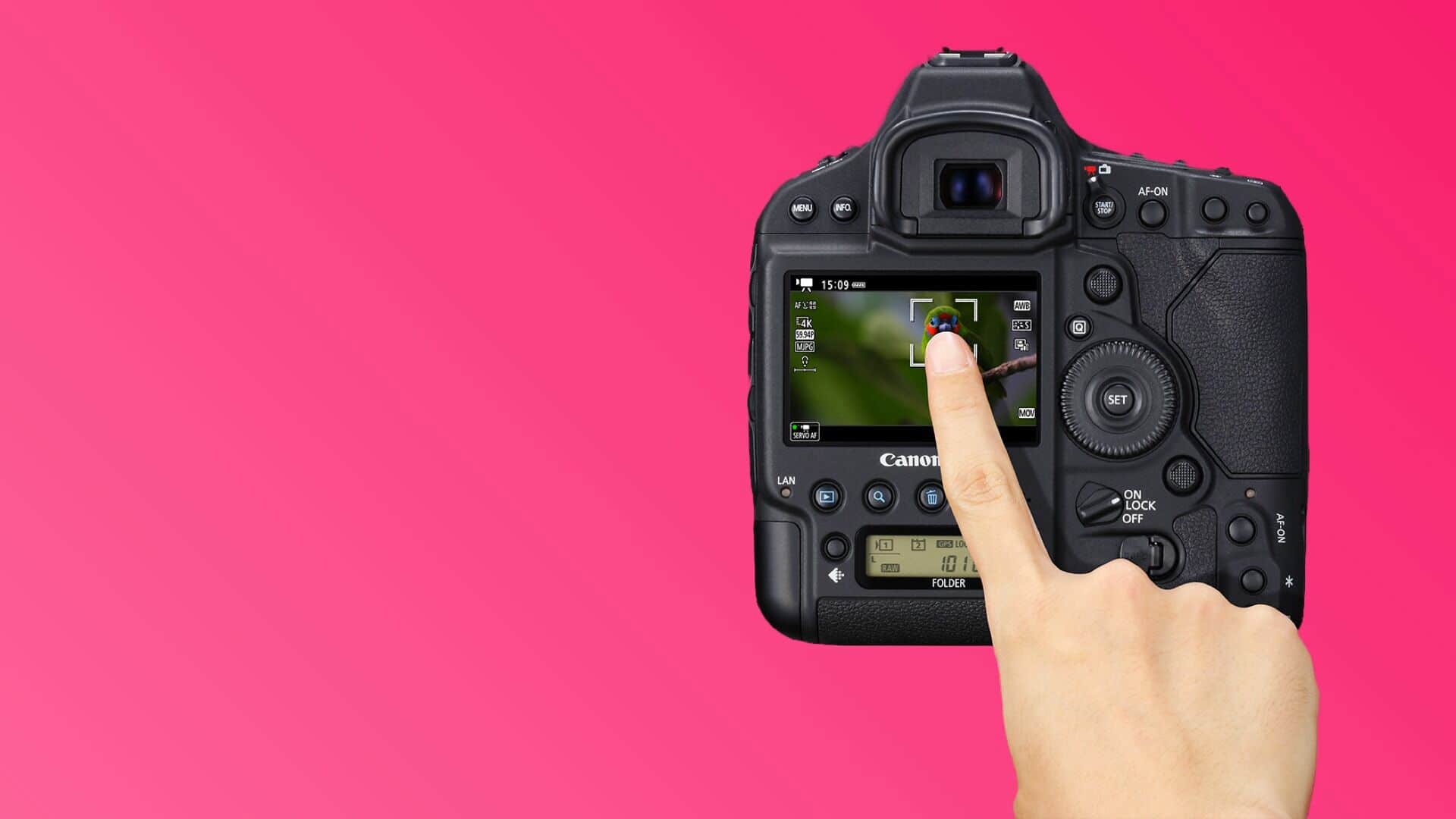If you’re just learning about cameras, the jargon and technicalities of the equipment could seem a bit daunting. This article defines the front-runner in photography and filmmaking: the DSLR camera. But what is a DSLR camera?
This post outlines the mechanics and provides brief comparisons, so you can fully understand what it means to be DSLR.
DSLR Meaning
The low-down on DSLR cameras
In order to define DSLR, we should ask what does DSLR stand for? The acronym, ‘DSLR,’ stands for Digital Single-Lens Reflex. Yeah, okay, but what does that mean?DSLR DEFINITION
What is a DSLR camera?
A DSLR Camera is a digital camera body that allows light to enter a single lens where it hits a mirror that reflects the light either upwards or downward into the camera’s viewfinder.
When you press the shutter to take the photo, the mirror flips up out of the way. The shutter then slides open, and light coming from the lens has a straight shot to the imaging sensor where a photograph is registered. This explains the “SLR” portion of the acronym. Digital refers to the digital sensor, instead of using 35mm film.
To understand SLR vs. DSLR is to recognize that the mechanics are the same, but SLRs use actual film, and DSLRs are digital. This provides quite a few advantages.
THE BENEFITS OF A DSLR
- Immediately view the images
- Massive storage space with memory cards
- Long-lasting battery life
- Auto-focus technology
- Interchangeable lenses
Now that you have a better sense of what DSLR means and the basic differences between a DSLR and an SLR, let’s look to a brief digital camera comparison. The mirrorless vs. DSLR debate...
A DIGITAL CAMERA COMPARISON
The mirrorless vs DSLR camera
These days, cameras are evolving at an unbelievable rate. Considerations on lenses, pixels, focal length, dynamic range can be overwhelming. The plethora of options is a blessing and a curse.
One of the biggest debates right now is between mirrorless cameras and DSLRs. While they share some aspects and there are advantages and disadvantages to both, it's worth understand their differences so you can find the option that works best for you.
Before we begin our comparison, we need to answer a critical question: what is a mirrorless camera?
Mirrorless Camera Definition
What is a mirrorless camera?
A mirrorless camera is a digital camera that doesn’t have a reflex mirror (the major component of the DSLR, which reflects the light up to the viewfinder). In a mirrorless, there isn’t a an optical viewfinder and the imaging sensor is always exposed to light.
It gives you a preview of the image on the electronic viewfinder (EVF), which is often an LCD screen on the back of the camera.
Technically, antiquated camera models don't have mirrors but aren’t considered “mirrorless” in the same way. This distinction comes after the introduction of the DSLR to distinguish a digital camera with interchangeable lenses that uses an entirely new “mirrorless” system.
Let’s go over some advantages and disadvantages of both types. Check out the video below to learn a few of them.
Mirrorless vs DSLR
Size
Many DSLRs have a sleek look but, because of their mechanics, are often bigger and can be a bit bulky. Mirrorless cameras are significantly smaller because they don’t require a reflex mirror.
Battery Life
While that’s good for mobility, it can be bad for battery life. Mirrorless cameras have a tendency to have very low battery life as the size of the battery has to be fairly small to fit inside.
Mechanics
When you snap a picture on a DSLR, the mirror flips up, the light hits the camera’s sensor, and the viewfinder blacks out until the exposure is complete. This is that familiar sound of ‘taking a picture.’
But this movement from the mirror flicking adds to camera shake. This ultimately affects image stability. Mirrorless systems correct this issue. You can take pictures faster that have better quality. They’re also much quieter, though I personally prefer that ‘taking a picture’ sound.
Autofocus
DSLRs bring the light to a dedicated autofocus sensor, but because mirrorless cameras use the same sensor to process both imaging and autofocus, it’s argued they’re not as efficient.
But there are recent advancements that make this statement debatable. Sony is in the lead for creating a mirrorless camera with a faster autofocus that does better in low light situations than its DSLR counterpart.
Did You Know?
The very first DSLR was created by Steven Sasson in 1975 and captured 0.01 megapixel images onto cassette tape instead of film.
Interchangeable lenses
Mirrorless cameras usually take the heat for this. And with mirrorless, you are limited compared to DSLR’s selection, but again, Sony models are catching up. They’re always putting out new lenses, and using a third-party adapter is another option.
Of course, DSLRs are built for this so it’s much easier to switch out the lenses you want because you can always find a compatible lens.
Hopefully, you have a better frame of reference regarding the DSLR. The goal is for you to have enough of an understanding so you can make the best decision for your work.
If you’re looking for a DSLR camera for beginners or want the best DSLR camera out there, you’ll likely need to know more about lenses. Learn about Canon’s options here. Or if mirrorless cameras now pique your interest, check out the up next article.
Related Posts
Up Next
The best mirrorless cameras
Now that you know what a DSLR is, how it works, and what other systems exist in the ether, you can make your own decision regarding what kind of camera you want. If you’re interested in a more compact camera, the mirrorless might be the way to go. The next article offers a complete purchasing guide.
Up Next: Best Mirrorless Cameras →
Showcase your vision with elegant shot lists and storyboards.
Create robust and customizable shot lists. Upload images to make storyboards and slideshows.
